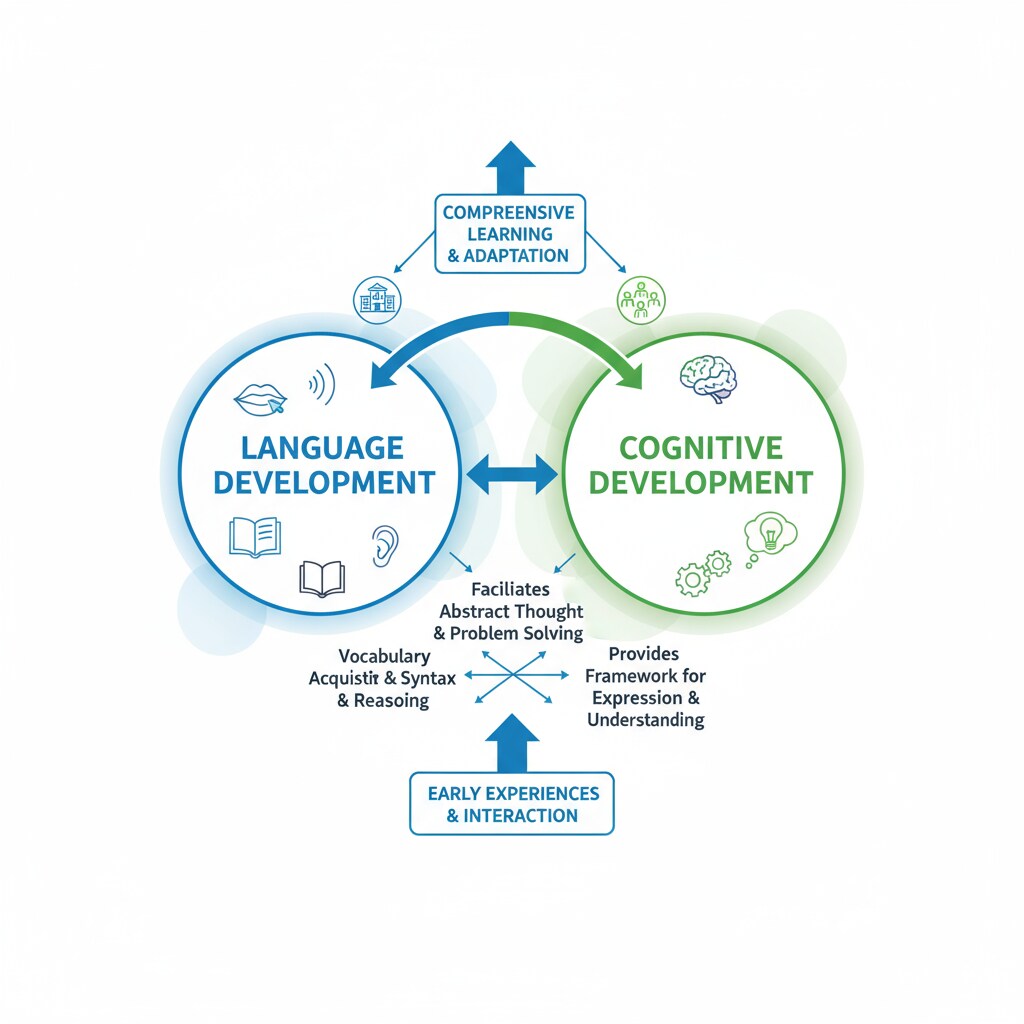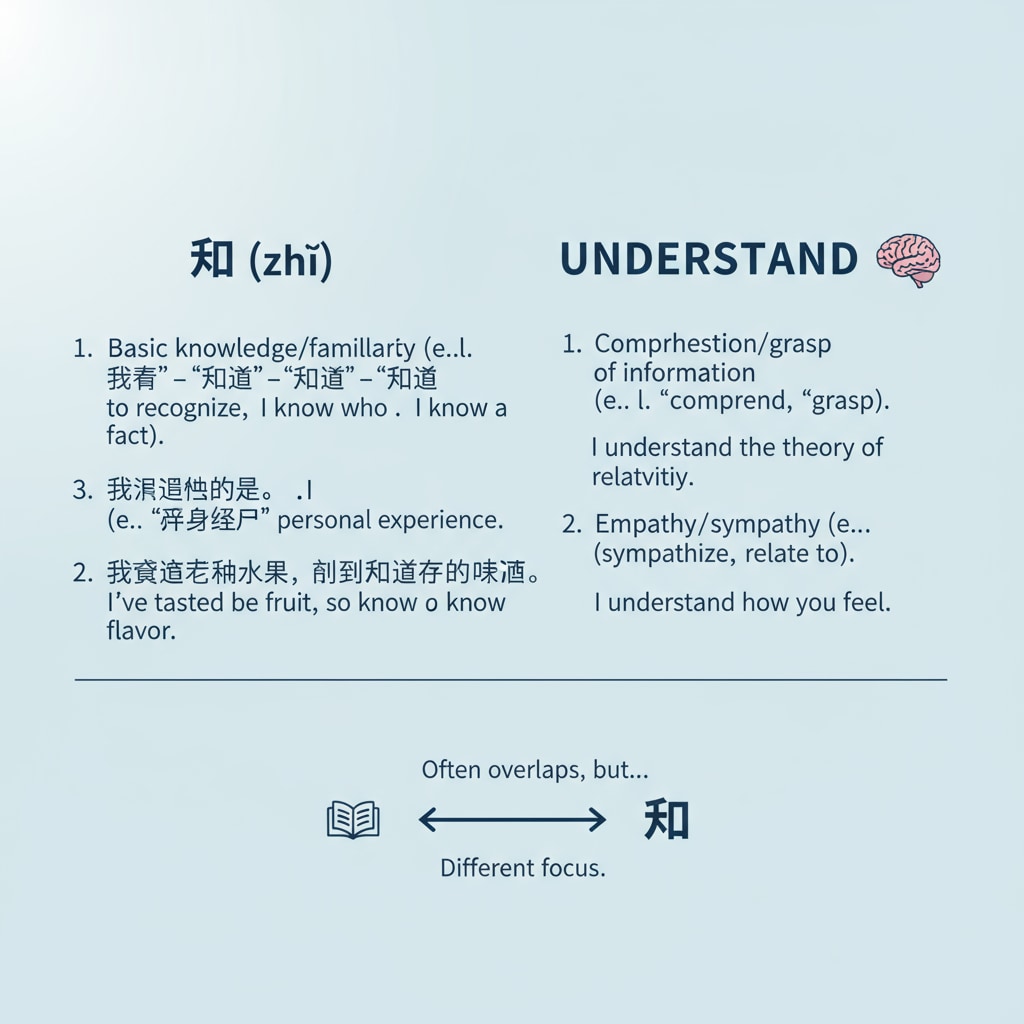The concepts of “知” in Chinese and “understand” in English, along with language differences and the pursuit of wisdom, play significant roles in cognitive development. Understanding these elements can provide valuable insights into how students learn and grow.

Language is not just a means of communication but also a reflection of cultural and cognitive patterns. The way we express knowledge and understanding in different languages can reveal unique aspects of how we think.
Language and Cultural Meanings of “知” and “Understand”
In Chinese, “知” has a broad range of meanings. It can simply mean to know facts or information, as in “知道 (zhī dào)”. However, it also encompasses a deeper sense of awareness and recognition. For example, “知己 (zhī jǐ)” refers to a bosom friend, someone who truly knows and understands you. This shows that “知” in Chinese has both a surface-level and a more profound connotation. On the other hand, “understand” in English emphasizes the ability to comprehend, make sense of, and grasp the meaning of something. It implies a cognitive process of internalizing information. As Language and Cognition on Wikipedia states, language shapes our perception of the world, and these differences in meaning reflect distinct cognitive frameworks.

The Impact on K12 Students’ Learning
The language differences between “知” and “understand” can significantly influence K12 students’ learning. Chinese students may initially focus on rote memorization to “知” facts, which is a starting point in the learning process. But to truly “understand” concepts, they need to move beyond simple recall and engage in deeper thinking. English-speaking students, while emphasizing comprehension from the start, may still struggle to achieve a comprehensive understanding without building a solid knowledge base. Teachers can use these insights to design more effective teaching strategies. For instance, they can encourage Chinese students to analyze and discuss what they “知” to reach a better understanding. As Educational Psychology on Britannica mentions, understanding the cognitive processes of students is crucial for successful teaching.
The cognitive development path for students should start with knowledge acquisition. This is the stage of gathering information, whether it’s through reading, listening, or hands-on experiences. Once students have a certain amount of knowledge, they can move on to the stage of in-depth understanding. This involves making connections, asking questions, and critically analyzing the information. Finally, wisdom is formed when students can apply their understanding in real-life situations, showing good judgment and decision-making abilities.
Readability guidance: The key points here are the distinct meanings of “知” and “understand”, their impact on K12 learning, and the proposed cognitive development path. By recognizing these aspects, educators can better support students in their journey from simple knowledge to wisdom.


